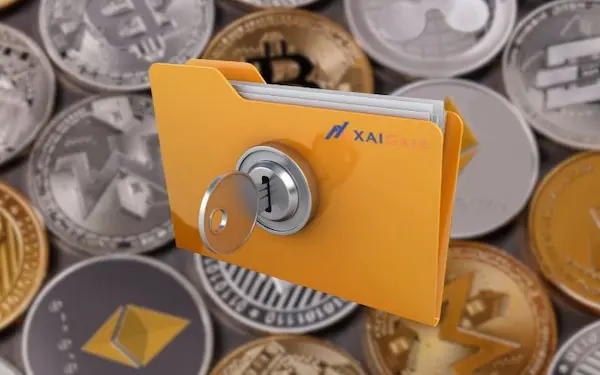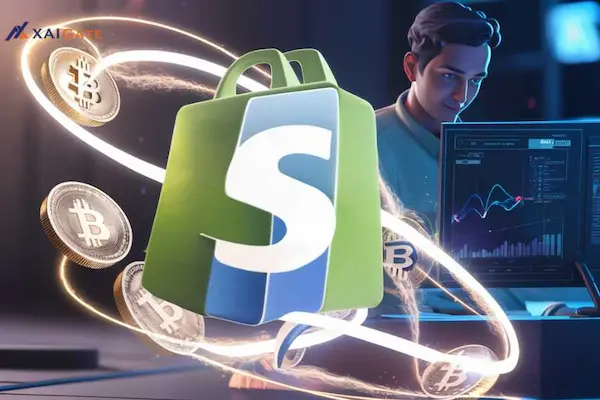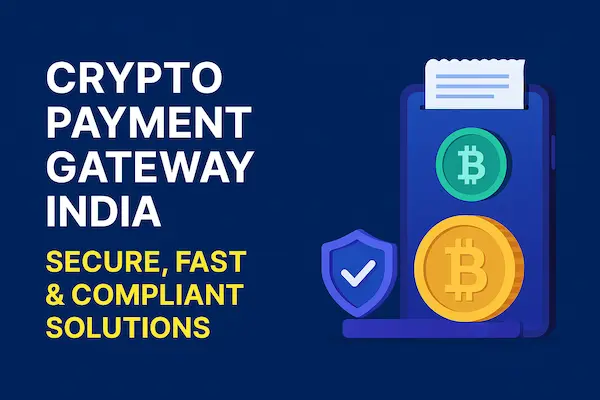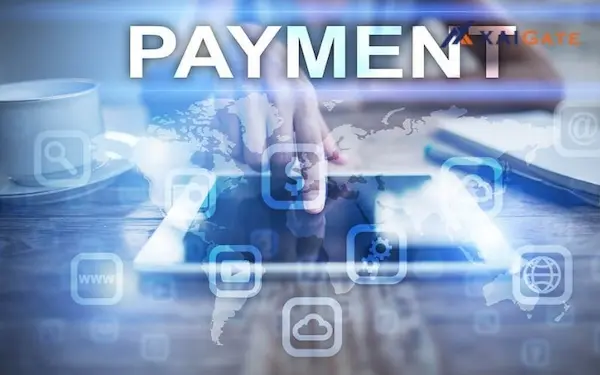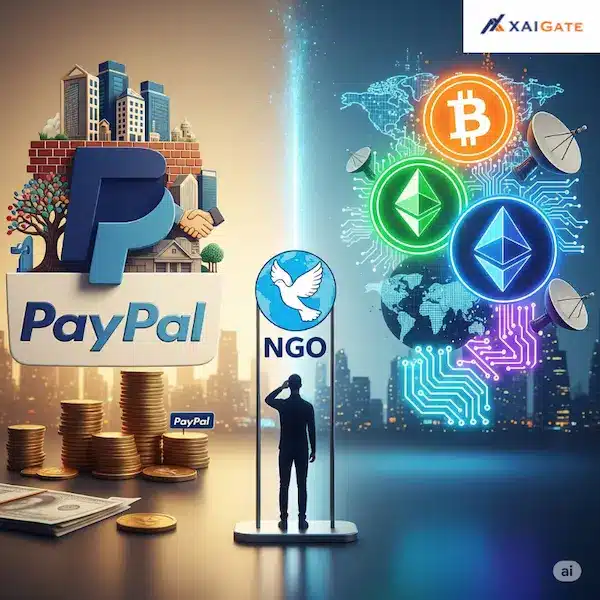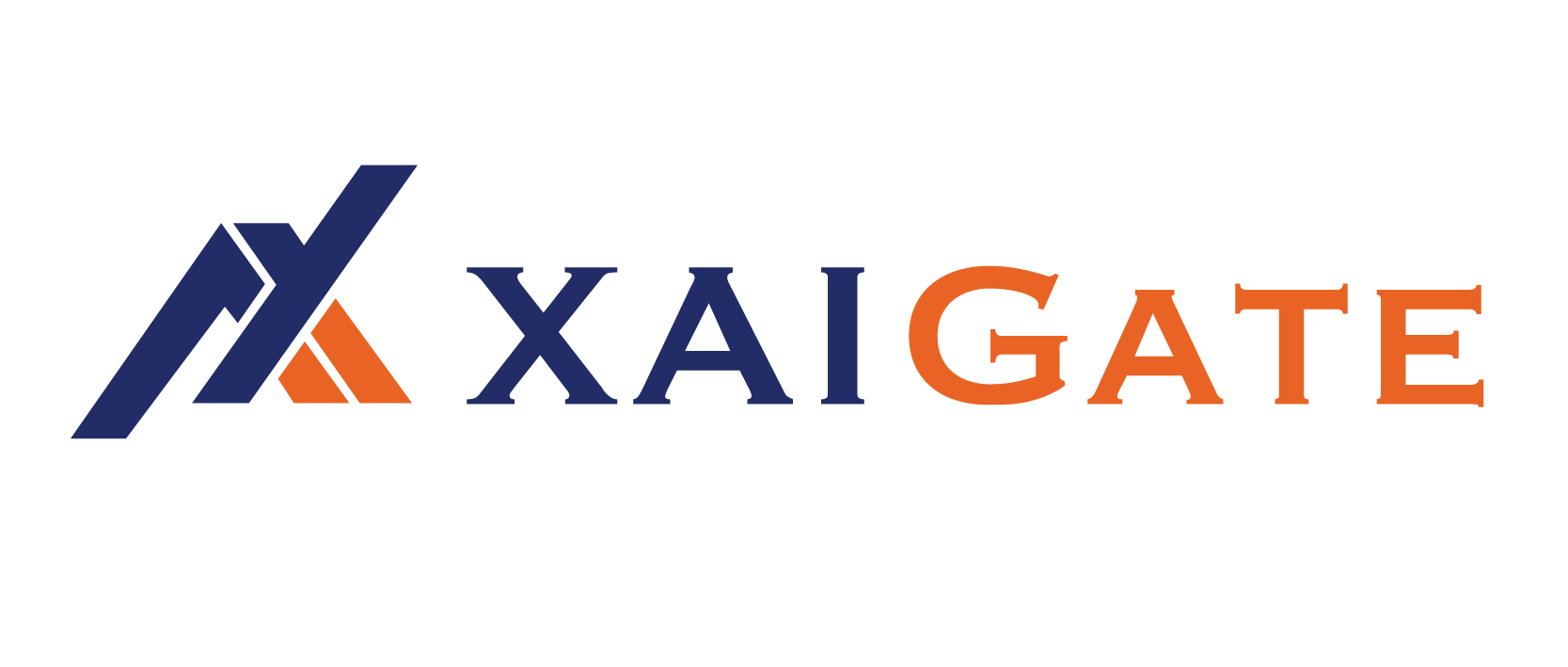Crypto wallet open source is quickly becoming the new star in the cryptocurrency world, thanks to its transparency and strong security. But how do these wallets actually work? Why are they so popular?
In this article, secure and fast crypto payment gateway is here to take you behind the scenes and reveal the secrets of open-source crypto wallets, from how they function to why using them is able to safeguard your crypto assets!
Contents
How crypto wallet open source works?
Keypair generation
Every crypto wallet revolves around one core thing: a keypair. When you create a new wallet, the system generates two important keys:
- Private key: The only key that helps you control your crypto assets. If you lose it, you lose your coins. Never share it with anyone!
- Public key: This is like your bank account number. You can share it to receive money.
These keys are generated using a cryptographic algorithm, such as ECDSA (Elliptic Curve Digital Signature Algorithm). The cool part is that with open source wallets, you can actually check the code that generates your keys. This ensures there are no secret backdoors, making your wallet safe from brute-force attacks.
Transaction signing process
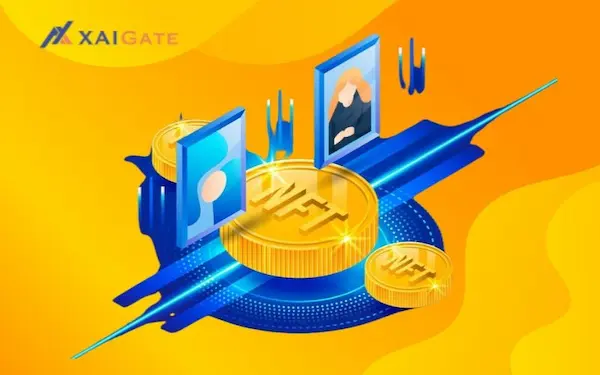
When you make one transaction, for example send 1 ETH to a friend, your wallet has to do three things:
- Create a transaction message: Including information like recipient address, amount of coins, gas fee, etc.
- Sign the transaction with a private key: This is like signing a contract, confirming that the transaction is valid.
- Broadcast the transaction to the blockchain: Miners or validators confirm it and then the money moves.
Open source wallets make the whole process transparent. You can check if any malware stole your private key during the transaction signing process. That’s a major security advantage!
Who can check crypto wallet open source? And how?
A big question about crypto wallet open source is: If the code is out in the open for anyone to see and tweak, doesn’t that sound like a hacker’s playground? What’s stopping bad actors from messing with your wallet? Well, the answer lies in the power of the community and strict security audits.
The developer community
Every open source wallet project usually has a strong developer community. Security experts and programmers around the world will regularly check the wallet.
Here’s what happen:
- Developers review every update to make sure no bugs or security risks slip through.
- White-hat hackers actively look for weaknesses to fix before attackers can exploit them.
- Tech enthusiasts will contribute new features to keep the wallet ahead of trends such as DeFi or NFTs.
For example, in 2023, a security researcher found a privacy flaw in Wasabi Wallet, an open-source Bitcoin wallet. Within 48 hours, the community patched the issue, keeping users safe.
Code audits

Reputable open source wallet projects (including XAIGATE!) often have a third party audit the source code to ensure there are no vulnerabilities. These audits are done by top blockchain security firms like:
- Trail of Bits
- Quantstamp
- CertiK
By relying on these trusted third-party audits, XAIGATE ensures that its wallet stays secure and up to date with the latest safety standards. This not only provides peace of mind for users but also enhances the overall trust in the wallet.
Why are your assets safer with crypto wallet open source?
Anyone can inspect the code
A crypto wallet open source runs on a simple principle: its code is publicly available for anyone to review, improve and secure. This definition was mentioned in the article Comparison of the best open-source crypto wallets 2025 by XAIGATE.
Unlike closed source wallets where only the developers know what’s going on inside, open source wallets put everything in the open. You’ll know how your crypto wallet works, and what you should do to optimize it for your purposes.
Faster security fixes
In short, transparency equals security. When the source code is public, you don’t have to put your trust in any company because you can verify it yourself! Open-source wallets get security patches lightning-fast because the entire community is involved. Think of it like Wikipedia, it means when someone spots an error, it gets corrected almost instantly.
For example, in 2024, a security vulnerability was found in a popular closed-source wallet that is difficult to name. It took the company three months to fix it, exposing users. Meanwhile, open-source wallets with active communities typically fix vulnerabilities within days.

Customize and Upgrade
One of the coolest things about a crypto wallet open source is that you’re not stuck with just the basic features. Since the code is open, developers (or even you, if you’re tech-savvy) can tweak, upgrade, or add new features.
For example, MyEtherWallet (MEW) started as a simple Ethereum wallet, but developers have expanded it to support DeFi, staking, and hardware wallets then.
XAIGATE, another example, is designed with open-source flexibility, allowing users to connect with multiple blockchains, integrate NFT storage, and enable custom security settings.
Is it possible to build your own crypto wallet open source?
Heck yeah! With open source, anyone with a little programming knowledge can create their own crypto wallet.
Check out part 1 this article on How crypto wallet open source works! Basically, a crypto wallet only needs a few main components:
- A keypair generation mechanism to create private keys and public keys.
- Ways to securely store private keys, like store on the device or create a seed phrase for backup.
- A transaction processing system that connects to the blockchain to send and receive coins.
If you want to experiment, you can fork a popular open source wallet project like Electrum or MetaMask, customize it to your liking and run it on the testnet.
However, don’t think that you can create a secure wallet like XAIGATE right away! Securing private keys, debugging vulnerabilities, and keeping hackers at bay is a whole different ball game. But if you’re adventurous, go for it! Who knows, you might be the one who creates the next big crypto wallet?
Why is XAIGATE the crypto wallet open source you need?
XAIGATE is built as an open source cryptocurrency wallet with very fast speed. Whether you’re swapping tokens, trading NFTs, or exploring DeFi, XAIGATE keeps up with your pace.

But it’s not just about speed. XAIGATE is fully open-source and transparent, so you can actually see how everything works. Security is top-notch too, with regular audits, strong encryption, and a global community of developers always improving it. Plus, XAIGATE is cross-chain compatible, so you’re never stuck in a single ecosystem.
Why spend months trying to build your own secure wallet when XAIGATE’s already done the hard work for you? It’s fast, secure, and flexible. Everything you need in a crypto wallet is all in XAIGATE. Give it a try, you won’t regret it!
FAQs
1. What does “open‑source” mean for a crypto wallet?
Open‑source means the source code is publicly available, which allows developers and users to inspect, audit, and contribute to its security and features.
2. Why is transparency a key advantage of open‑source wallets?
Transparency ensures that anyone can review the code for bugs, backdoors, or vulnerabilities—boosting trust and accountability.
3. Can open‑source wallets be safer than closed‑source ones?
Often yes—because their code is public, vulnerabilities are spotted sooner, but security still depends on active maintenance and timely updates.
4. What are the “top secrets” users should know about open‑source wallets?
The key secrets include community audits, modular design, hardware wallet compatibility, clear update policies, and transparent development roadmaps.
5. How does modular design benefit open‑source wallets?
Modular design means core functions are isolated, making it easier to fix or upgrade specific parts without risking the entire codebase.
6. Why is hardware wallet compatibility important?
Linking with hardware devices like Ledger or Trezor adds an extra layer of private‑key security, since keys never touch your computer.
7. What should I check in an open‑source wallet’s update policy?
Look for regular updates, bug‑fix transparency, and quick patch rollout—those are signs the team is actively maintaining the project.
8. How can I follow an open‑source wallet’s development roadmap?
Most projects publish their roadmap on GitHub or official websites, showing new features, planned releases, and long‑term goals.
9. Is XAIGATE fully open‑source and actively maintained?
Yes—XAIGATE is fully open‑source, regularly audited, supports hardware wallets, and publishes clear updates and roadmaps for full transparency.
10. How do community audits improve wallet security?
When the community reviews the code, they tend to find and report issues quickly, leading to faster fixes and more robust wallet software.
As adoption of decentralized payments grows, an open source solution for accepting crypto payments can help future-proof your business against rising fees and compliance hurdles.
Follow XAIGATE’s blog for daily updates!
We’re also on X (@mxaigate), GitHub and Linkedin! Follow us!

